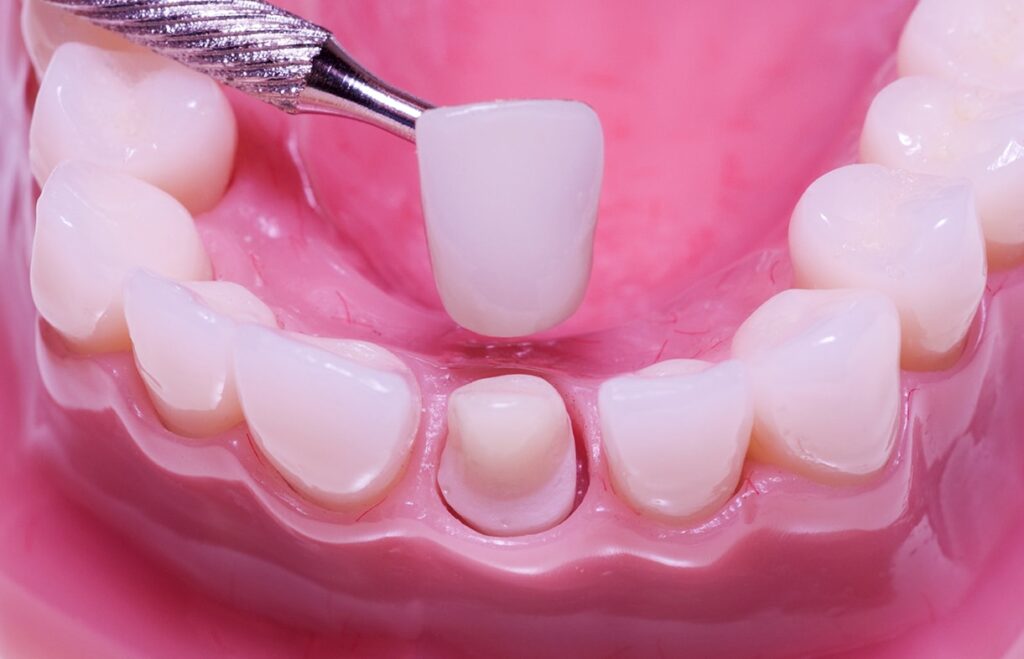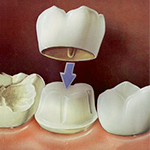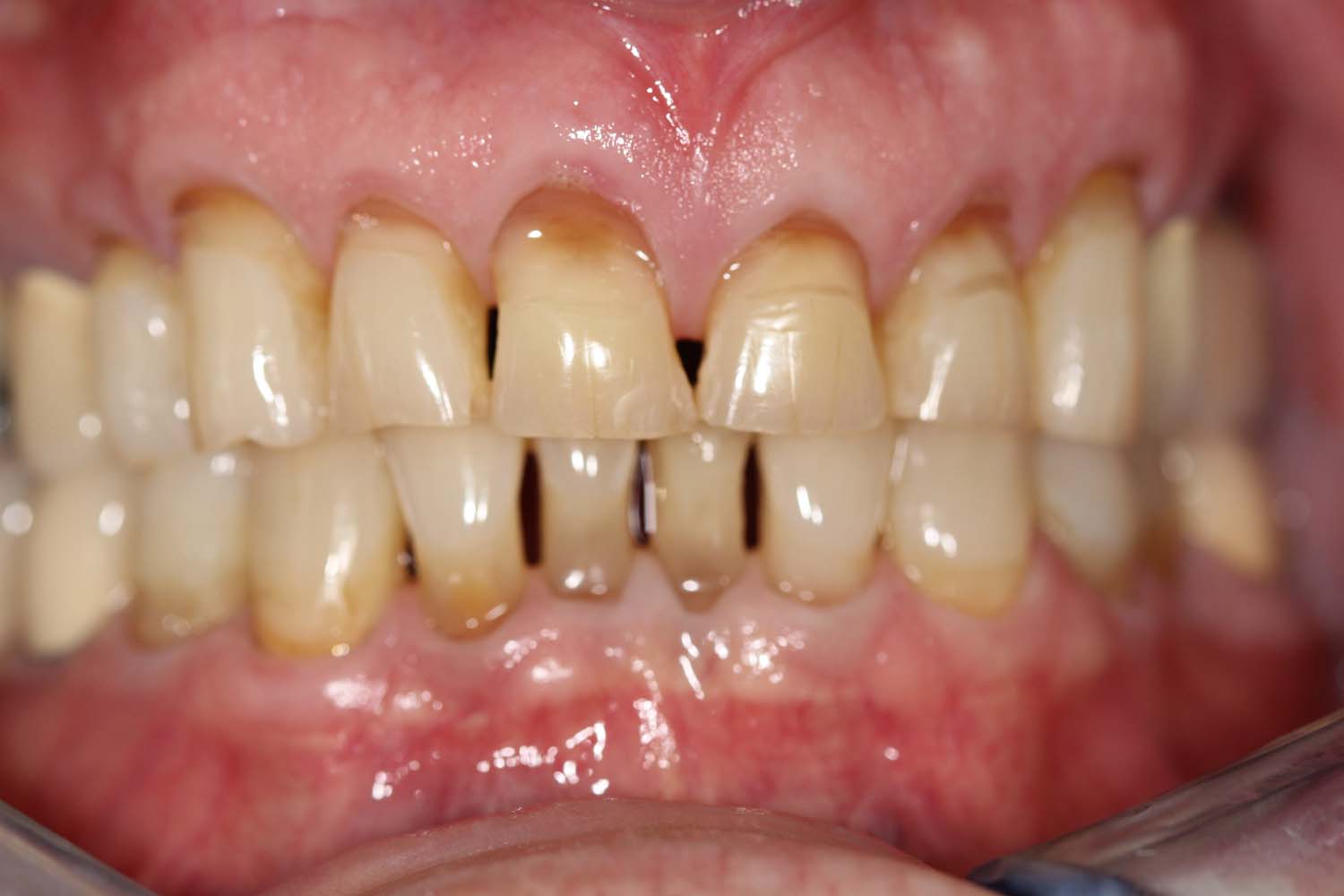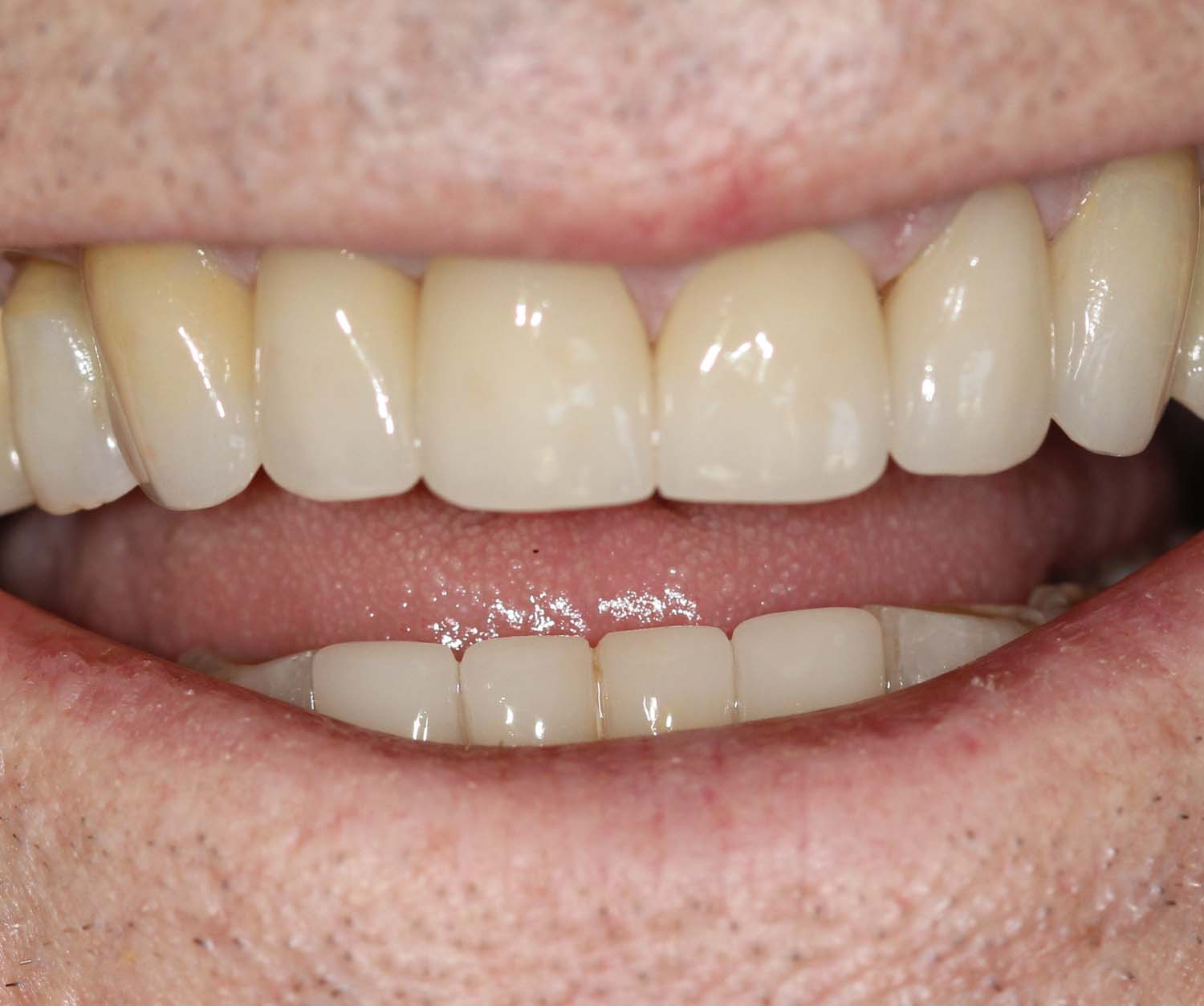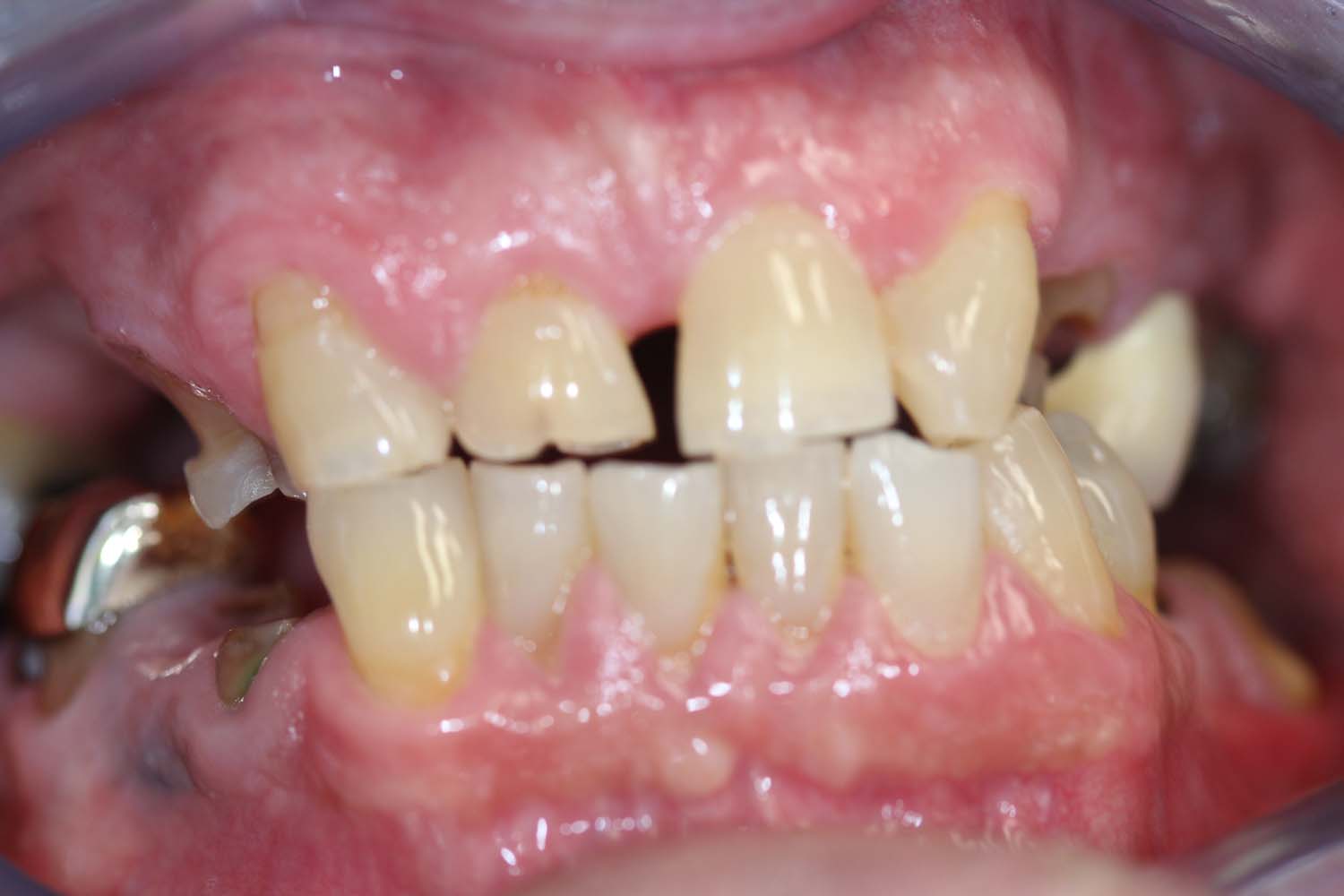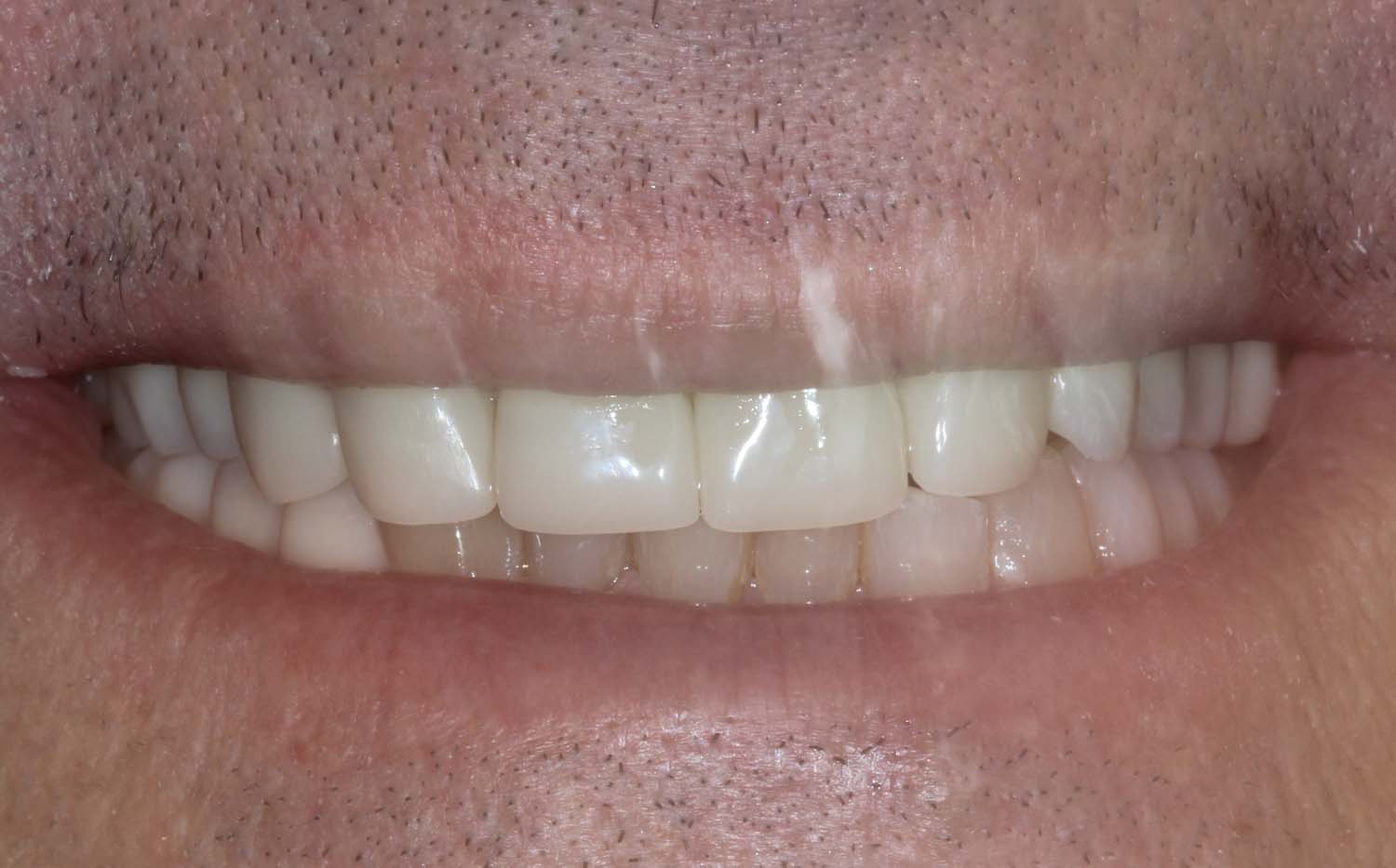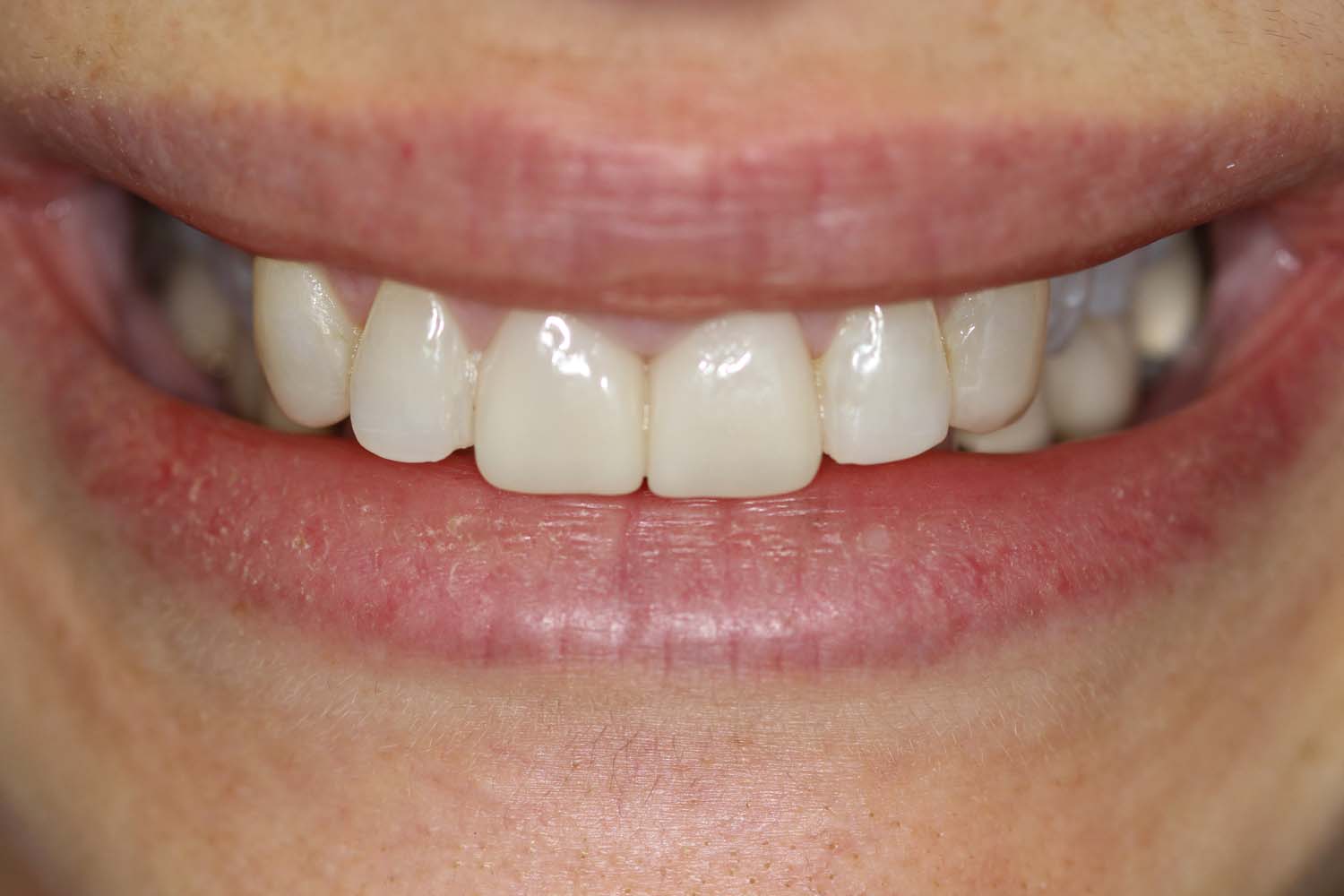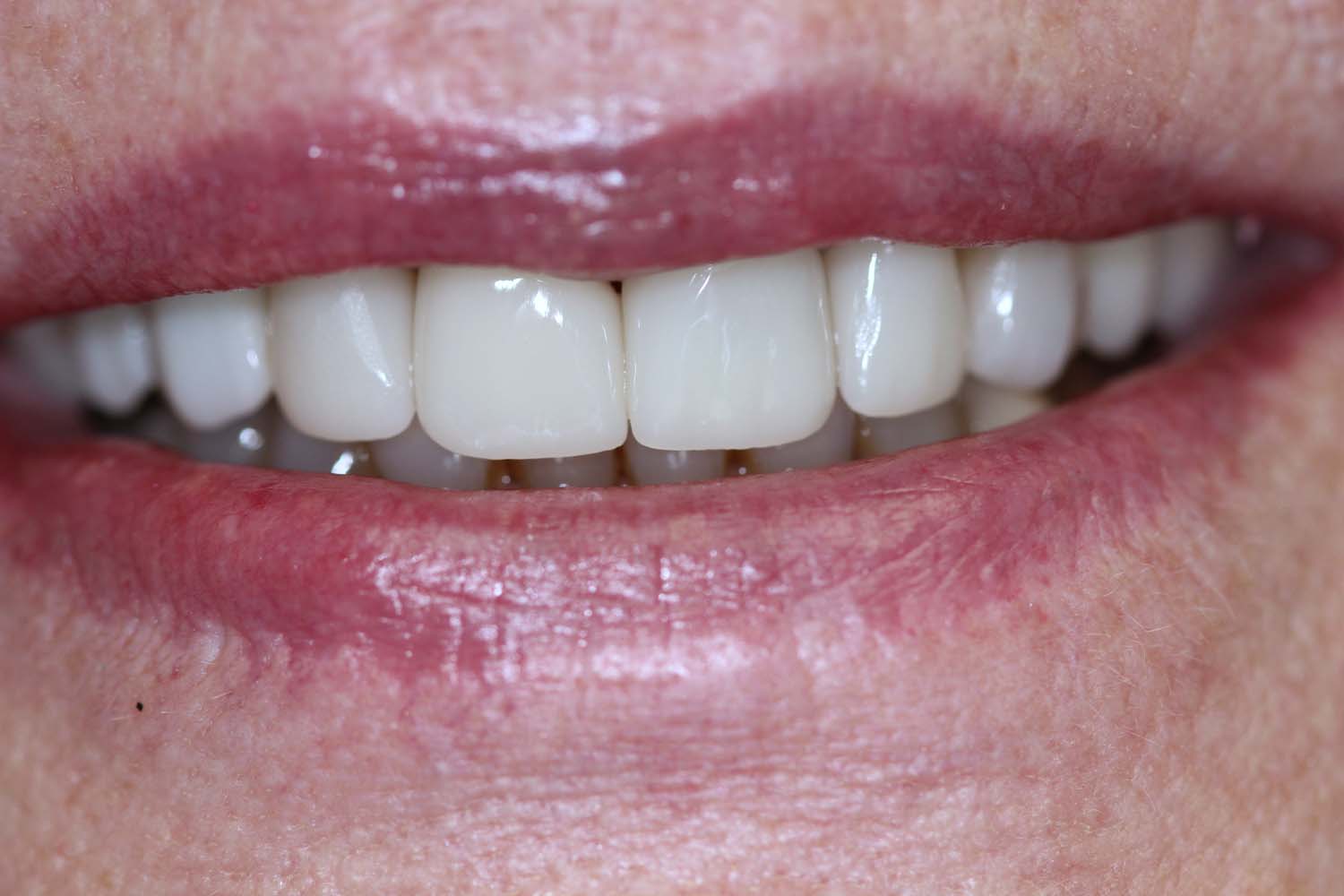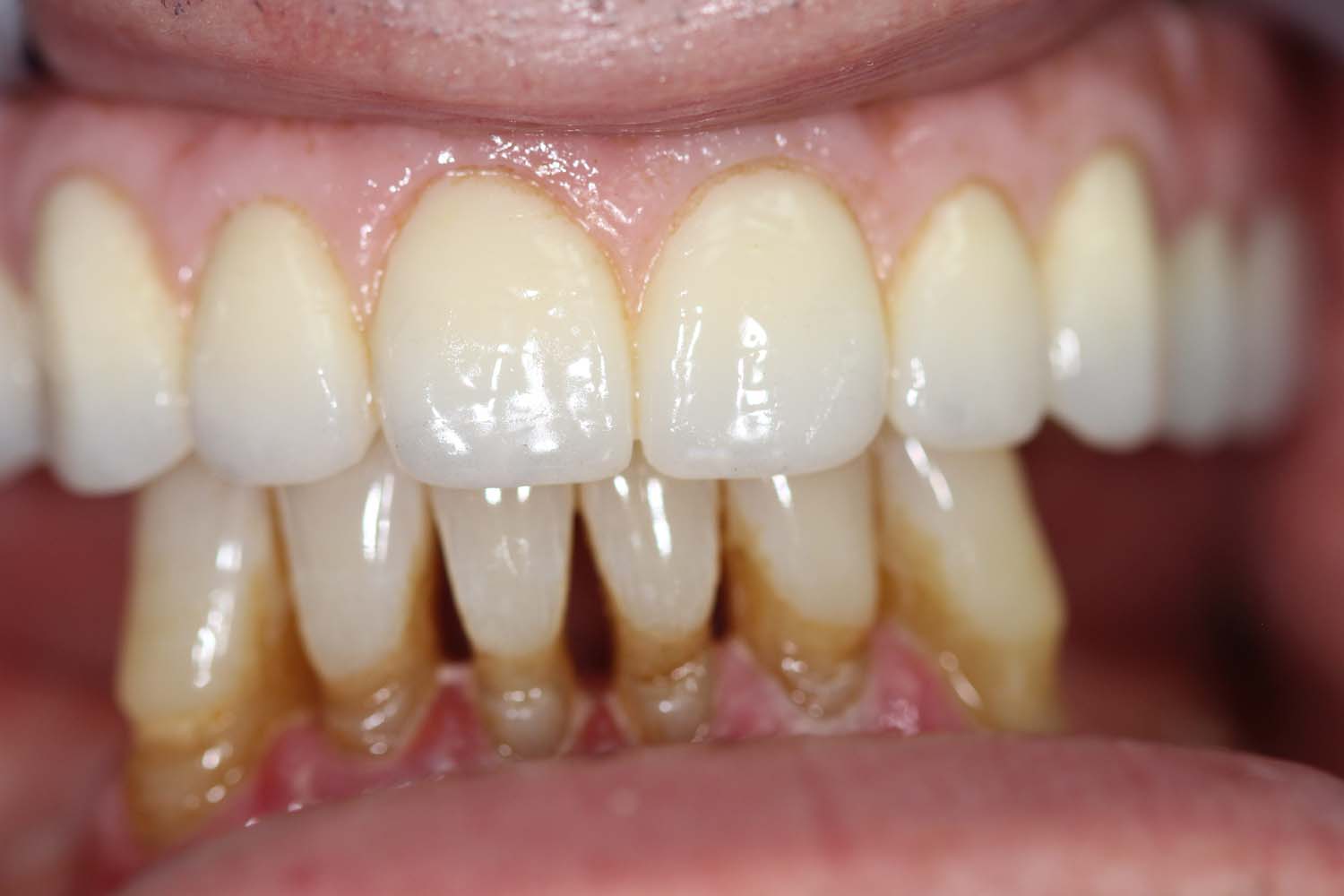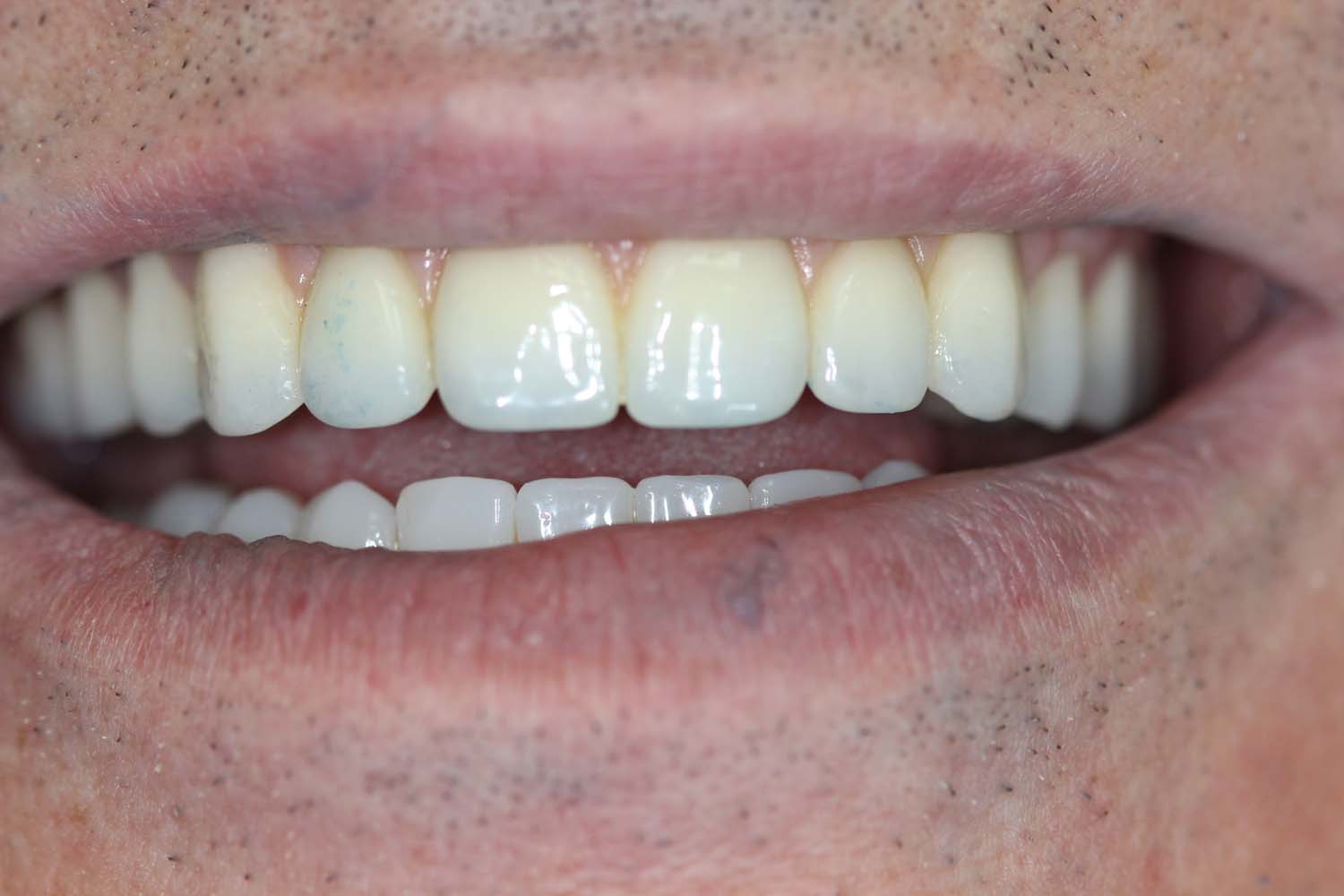If a tooth is severely worn, fractured, heavily decayed or has lots of large fillings, it may need a crown also called a “cap.” A crown is a covering that encases the entire tooth surface restoring it to its original shape, size and appearance. A crown protects and strengthens tooth structure that cannot be restored with fillings or other types of restorations.
Reasons for Crowns
- Broken or fractured teeth.
- Cosmetic enhancement.
- Decayed teeth.
- Fractured fillings.
- Large fillings.
- Root canal.
Types of Crowns
- Porcelain Fused to Gold
- Full Gold
- All Porcelain
- All Ceramic
There are several types of crowns that are commonly used. Today, the modern dental materials and technology used to make crowns are far superior to those used only a few years ago. They are stronger, more durable, and provide a far better esthetic and cosmetic result. They can last many years, but like most dental restorations, they may eventually need to be replaced. Ceramic crowns are made to match the shape, size, and color or your teeth, giving you a natural, long-lasting beautiful smile.
